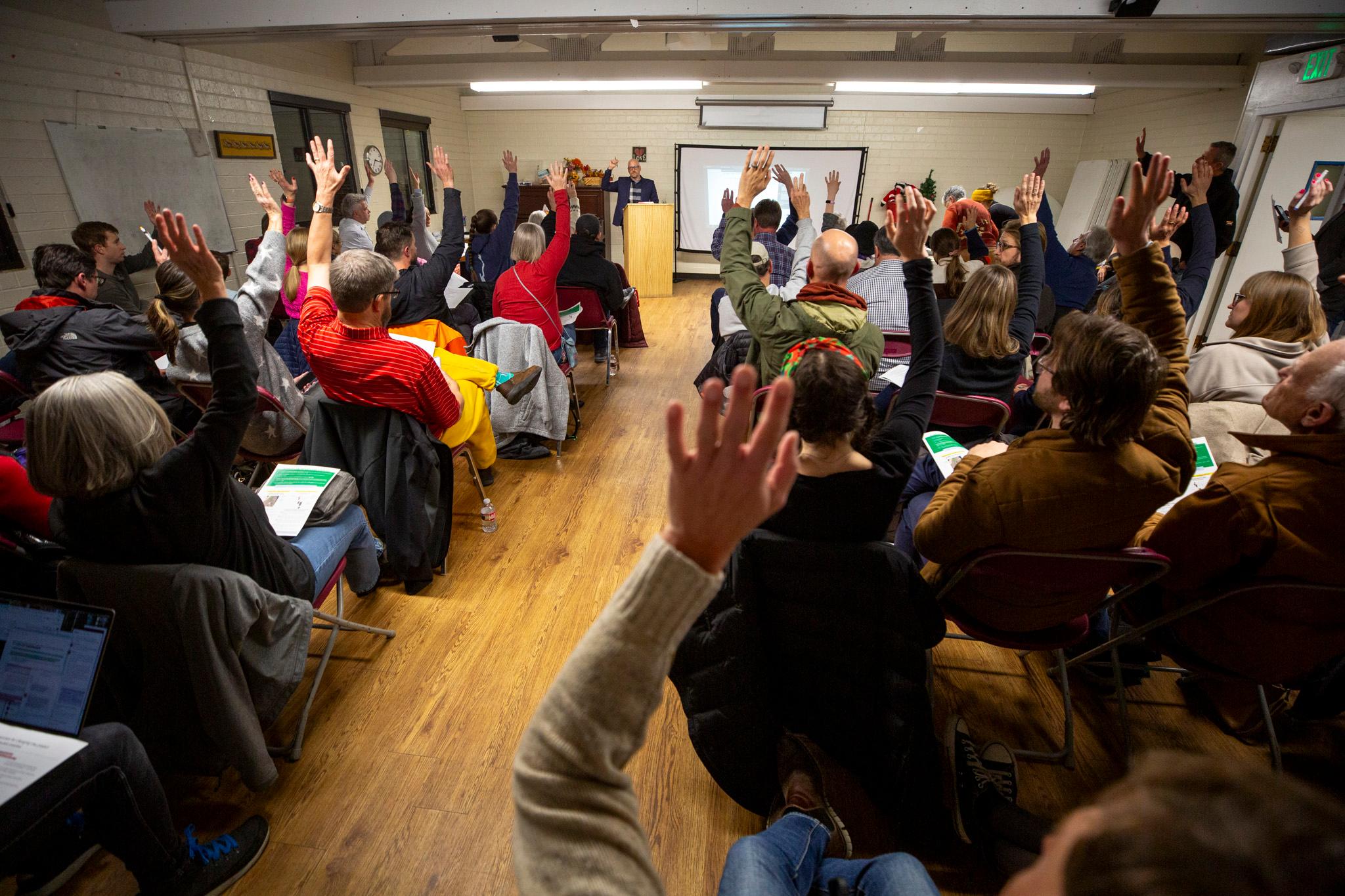Denver has half as many homes that are accessible as it does households with someone who has difficulty walking or uses a wheelchair or other device to get around, according to a new report looking at the data on disability and housing.
In its report released Wednesday, Apartment List added that renters with disabilities were more likely than those without to be spending more than 30 percent of their income on housing. For low- and moderate-income households in particular, spending more than 30 percent of earnings on rent can make it hard to cover other living costs and bounce back from emergencies.
In Denver, nearly 60 percent of disabled renter households were spending more than 30 percent of their income on rent, compared to 50 percent of households without a disability.
The online real estate company used Census data and Department of Housing and Urban Development definitions for disability. For the study, a household counted as having a disability if any member had trouble walking or used a mobility device such as a wheelchair or walker. A home was considered accessible if it could be entered without using steps, had a bathroom and bedroom on the entry level or an elevator, had no steps between rooms or steps with grab rails or had an accessible bathroom with grab bars.
In Denver, that translated to 65,528 accessible homes and 127,139 households with disabilities. Nationally, Apartment List found 15.2 million households that included someone with a physical disability, and only 6.6 million accessible homes. It also found that nationally 57 percent of renters with a physical disability are spending more than 30 percent of their income on housing, compared to 46 percent of renters without physical disabilities.
"Households in which at least one person has a disability have lower incomes but are unable to find proportionally lower rents," Apartment List researcher Rob Warnock wrote. "The median household income of renters with a disability is 45 percent lower than for those without, but median rent is only 20 percent lower."
Just entering a building to determine if an apartment is suitable can be a challenge. Michelle McHenry-Edrington, advocacy coordinator with the Colorado Cross-Disability Coalition, said not all main entrances have buttons than can be used to open doors.
"How do you get in the building? You wait until somebody comes along," said McHenry-Edrington, who was not involved with the Apartment List study.
McHenry-Edrington's organization advocates for people with all types of disabilities. Its work can include pointing out to landlords that they cannot charge extra rent or require an additional security deposit for a tenant's service animal, she said.
Apartment List found that newer housing was more likely to be accessible. But newer housing is more expensive, and building in accessibility adds to costs. According to Census data, Apartment List found, homes built in the 2000s rent for 14 percent higher than those built in the 1990s and 31 percent higher in the 1980s, and accessible homes rent for 10 percent more than inaccessible ones.
"So even as new supply hits the market, we expect that much of it will be affordable only to those with higher incomes," Warnock said.
He acknowledged not everyone who is disabled wants to live in an accessible home. Older Americans might prefer to "age in place" even if they have difficulty navigating their homes. Warnock said the study nonetheless "highlights a real housing equity gap for those living with disabilities."













